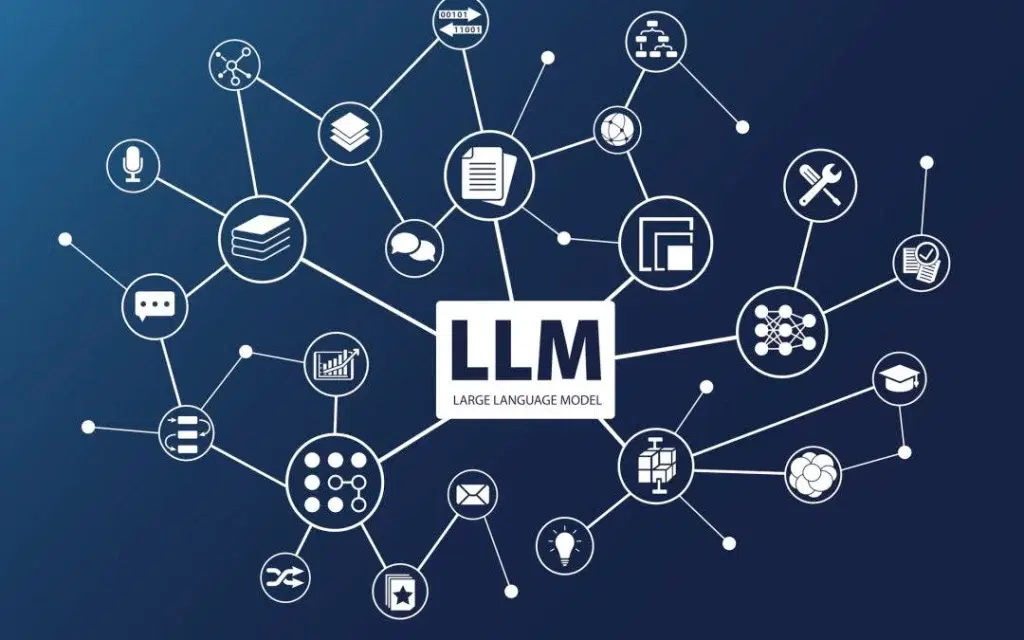Cut the Clutter: Streamlined Prompts for Faster LLM Responses
Think of an LLM (Large Language Model) as a busy librarian who answers questions by sifting through an enormous library of information. If you ask a long, complex question, it takes the librarian longer to answer. Compressing prompts is like asking only the key parts of the question, so the librarian finds answers faster. By removing unnecessary details and focusing only on what matters, the model can respond more quickly and effectively.
Example: In customer support, imagine asking about the last time you interacted with the company instead of listing every previous interaction. This helps the support agent (or the LLM model in this case) provide a fast, accurate response without getting bogged down in extra information.
Smart Savings: Choosing Cost-Effective LLMs Without Compromise
Not every task requires the biggest or most expensive model—some can be handled perfectly by a smaller, simpler one. It’s like choosing between an all-inclusive package and a basic one at a hotel: sometimes, the basic one has everything you need at a lower price. By picking the right model for each task, companies can save money while keeping quality high.
Example: A company might use a high-powered model for complex, specialized questions but choose a simpler model for routine questions like “What are your business hours?” This smart switch helps keep costs down without affecting service quality.
Speed Matters: Techniques to Turbocharge LLM Inference
Inference is the fancy term for how quickly the LLM can produce an answer. When timing is critical, as in live chat or real-time decision-making, speeding up inference means faster answers and smoother interactions. It’s like using a faster internet connection to stream videos without buffering.
Example: In finance, a company using an LLM to spot unusual transactions (like fraud) wants to detect and respond instantly. By “turbocharging” the LLM with specialized methods, it processes information almost in real time, catching potential issues quickly enough to prevent problems.
Get Specific: Training Your Model for One Job
Fine-tuning is like teaching the model to focus on a specific area, so it becomes really good at that task. Instead of knowing a bit about everything, the model learns the details of a particular field.
Example: Imagine a model in a law office. By fine-tuning it on legal documents and vocabulary, it can help lawyers by summarizing cases, drafting documents, or even finding useful information faster. This way, it doesn’t need as much processing power because it only focuses on the legal info it was trained on.
Smart Activation: Turning On Only What’s Needed
Distillation is like creating a “mini-version” of a large model that can do almost the same things, but with fewer resources. It’s more efficient and costs less to run, which is perfect for companies that need quick answers but don’t want to spend too much.
Example: A bank might need a model to detect fraud but doesn’t want to run a huge, expensive system all the time. Using distillation, they can create a smaller model that’s still great at spotting fraud patterns, but at a fraction of the cost. This mini-model is fast enough to check transactions in real-time without breaking the bank.

